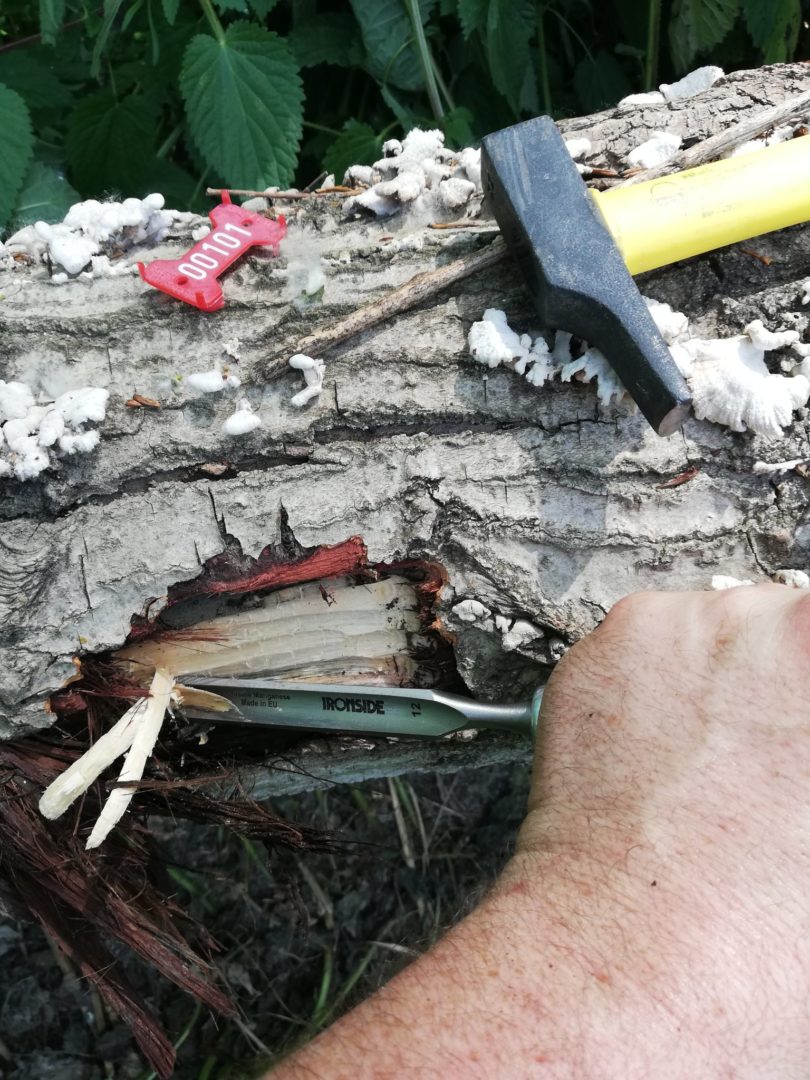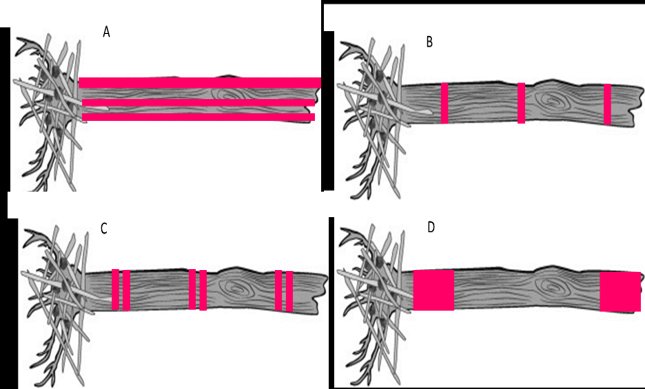We have presented the protocol of dead wood of the project to the XI Iberian Congress on Water Management and Planning
During the 7th of September took place our the eleventh Iberian Congress on Water Management and Planning. It was carried out telematically, and we could explain the “Proposals for the management of dead wood in the hydraulic public domain after floods”. Through the expert voice of Eve García-Burgos, a specialist from the Department of Water Control and Quality, from the Agencia Catalana de l’Aigua, we were able to explain this protocol as a tool that offers nature-based solutions from an innovative approach.
The large remains of wood influence the morphology of the rivers and the processes of erosion and sediment retention, creating large areas of sedimentation. They contribute to the dissipation of the effects of floods by fading part of the energy of the water flow and the retention of solids and particles in suspension. They are part of the river system and contribute to its biodiversity as microhabitats and to the retention of carbon in the soil. Even so, the accumulation of dead wood in rivers increases the risk of damage of infrastructures (such as bridges and dams) and the increase of flooding.
In order to evaluate the possible effects on river geomorphology, it is important to understand the distribution of wood in rivers, movements and time spent in its place.
Understanding the dynamics of mobilization of dead wood on riverbanks and basins will permit to draw up guidelines on how to manage it to maintain or enhance the ecological dynamics of the rivers and, at the same time, reduce the risks for infrastructures. This need is a priority, especially in cases of large accumulations of deadwood produced for extraordinary floods where, as a management measure, it is often proceeded with its systematic removal, without taking into account the ecological criteria to preserve it where it doesn’t represent a significant risk for river infrastructures.
As a result of the large number of felled trees and dead wood mobilized and accumulated by the floods of October 2018 and January 2020 (Gloria storm) in the internal basins of Catalonia, LIFE ALNUS proposes to monitor dead wood in the Ter river basin, with the following objectives:
- To know if the dead wood is incorporated into the structure of the river bed, creating (on a small scale) new spaces of water sheet, pools…
- The displacement capacity that rivers have, depending on the volumes of each marked piece.
- The time it will take to move and the distance of the displacement.
- To obtain information of the possible risks which can cause the displacement of that dead wood.
- To quantify microhabitats that are formed in the dead wood according to its tipology (standing, lying down, amount of decomposition,…).


